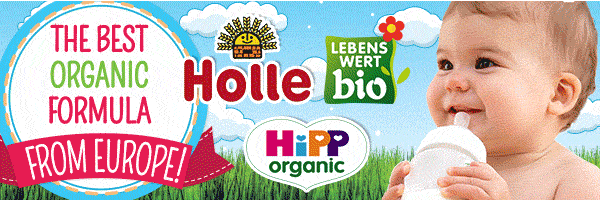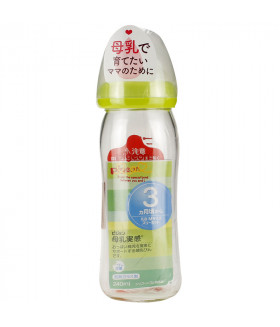Best Baby Bottles For Formula
Contents:
How do you pick the best baby bottles for formula when there are so many to choose from? Everyone from pediatricians to parents and every friend in between has an opinion about the best baby bottles for formula drinkers and even breastfed babies. When it comes to your decision on the bottle you choose for your baby, some of the important points to consider are value, material, and special needs. Of course, sometimes recommendations are based solely on brand and not just a specific feature.
Value
The value of a bottle is important to many parents. Bottles may need to last up to 12 months. Nipples have to be replaced when worn or not flowing enough. Sizes must change with a baby’s appetite.
Material
One of the most noticable differences between some of the best baby bottles for formula is the material used. Glass can be sterilized often for deep cleaning without affecting its structural integrity. Silicon is also easy to clean as well as hold when your baby is able to grasp objects. Plastic is another option, and some come with disposable liners. While sanitary and lightweight, it is an additional cost that is not as environmentally friendly. For long-term use, stainless steel baby bottles can withstand a lot of wear and tear then transition into other types of containers for your child by switching lids.
Special Needs
Many parents start with one type of bottle then find that they need to switch to help with a special feeding need. Some bottles have internal venting systems or collapsible structures that aid digestion or reduce colic by keeping air out.
Brands
Parent reviews and pediatricians will recommend baby bottles based on brands. Some of the best names mentioned include Dr. Brown’s, Avent, and Evenflo.
Best Newborn Feeding Bottles
The type of bottle needed for a newborn depends on how you start feeding your infant. Some moms exclusively breastfeed for the first few weeks or the first six months as recommended by the American Academy of Pediatrics (AAP). Those babies will find naturally-shaped nipples that feel more like a real nipple. Other moms prefer bottles that are suitable for their breast pump so there is less hassle or mess after expressing milk.
The type of nipple is important if you start your baby on formula at the first feeding. It will take trial-and-error to find a nipple that your baby likes. There are three basic types of nipples: orthodontic, angled, and vented. Orthodontic nipples resemble the flattened appearance of a breast, the angled nipple is slanted to tilt in a baby’s mouth, and a vented nipple has a tiny hole to prevent gas bubbles.
The size of the bottle is also important. At the beginning, newborns consume between two to three ounces of formula per feeding. A 4-ounce bottle will be the only size bottle needed for the first few months. By four months, a baby can require between four to six ounces based on weight. By then, you may need a larger 8-ounce bottle to hold all of the baby formula in one feeding.
How to Choose a Bottle For Feeding
There are so many points to consider when it comes to the best baby bottle for formula feeding. Recommendations and reviews are helpful, but the final decision has to come from the parent who will use them. Use these questions to narrow down the list of options:
- What material do I want? (glass, plastic, silicon, stainless steel)
- Do I need one to help with special feeding needs (colic, reflux, etc)
- What kind of nipples fit with the baby bottle? Can I change the shape or flow if my baby doesn’t latch?
- What brand do I trust?
- What can I afford (or feel comfortable putting on a baby shower list)?
When it comes to the best bottles for baby formula, trust your instinct whether you are a first-time parent or a mom who has tried out bottles for previous babies. You will find the right one for you and your baby.


-280x327.jpg)












